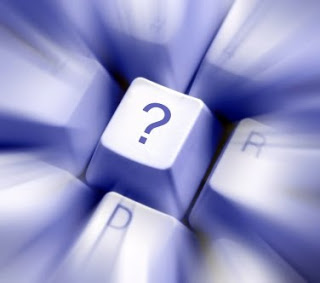How much money would be saved if the energy efficiency of commercial and
industrial buildings in our country improved by just 10 percent?
A) $2
million
B) $20 million
C) $2 billion
D) $20
billion
Scroll down to check your answer...
According to the U.S. Environmental Protection Agency, the correct answer is $20
billion! Wow! So much can be saved by just a 10% decrease.
This blog is brought to you by the Energy Efficiency Coordinator for Robbinsdale Area Schools. Please check back often for new posts including news, information, fun facts and energy saving tips.
Wednesday, January 30, 2013
Tuesday, January 22, 2013
Today's Energy Insight
With a fairly mild winter thus far, there hasn't been a huge call for insulating
drafty thresholds but the latest arctic blast to hit Minnesota has prompted a
need for the return of draft blockers. These are available for purchase in
stores and online or if you are feeling crafty, you can make your own. And these
are not just for doorways, the insulating tubes can be placed on drafty window
sills as well.
Monday, January 7, 2013
Know Your Plastics
 Did you know the triangle symbol on the bottom of plastic containers
does not necessarily mean it is recyclable? The number inside the
chasing arrow symbol is the resin identification code. These numbers
indicate the type of resin used in the making of the container. The
numbers 1-7 are assigned to various plastics for identification purposes
during the recycling sorting process. Below are the numbers, what each
means and if it is recyclable.
Did you know the triangle symbol on the bottom of plastic containers
does not necessarily mean it is recyclable? The number inside the
chasing arrow symbol is the resin identification code. These numbers
indicate the type of resin used in the making of the container. The
numbers 1-7 are assigned to various plastics for identification purposes
during the recycling sorting process. Below are the numbers, what each
means and if it is recyclable.

#1: Polyethylene terephtalate, also known as PETE or PET. This plastic is used to make water bottles and IS recyclable.
#2: High-density polyethylene, or HDPE. This plastic is used to make milk jugs and detergent bottles and IS recyclable.
#3: Polyvinyl chloride, aka PVC. This is usually what plastic food packaging is made of and it is NOT recyclable.
#4: Low-density polyethylene, or LDPE. This is what plastic shopping bags are made of. It requires a special recycling process and should not be intermingled with other recyclables.
#5: Polypropylene. This plastic is used to make yogurt cups and other opaque containers. It IS recyclable.
#6: Polystyrene, or Styrofoam. These items are NOT recyclable and they are NOT biodegradable.
#7: The mixed bag category. These plastics are used to make everything from iPods to food storage containers. These are usually NOT recyclable.
Friday, January 4, 2013
Today's Energy Insight

Did you know the New Year's ball in Times Square uses energy efficient bulbs?
The iconic ball that dropped on New Year's Eve was designed by Waterford Crystal and Philips Lighting. The geodesic dome consists of 2,688 crystal triangles, is 12 feet in diameter, weighs 11,875 pounds and contains 32,256 Philips Luxeon Rebel LED bulbs.
Happy New Year!
With 2012 behind us, we now have a brand new year ahead of us. What a great time to make a resolution to save some energy! Start with a few simple changes like turning off and unplugging unused electronics. Change out incandescent light bulbs for energy efficient CFLs or LEDs, now available in more options than ever. And as you clean and put away holiday decorations don't forget to donate or recycle items instead of throwing them away. Thanks for doing your part to make a difference!
Wishing you a Happy and Efficient New Year!
Subscribe to:
Posts (Atom)

.jpg)














